info@chinaadventure.org
86-18008011324
Search
Have you ever imagined cycling at the top of the world? Or is it a crazy idea that would have been impossible to even think of before? Yes, it is very hard to cycle in Tibet, but it is indeed possible to enjoy a cycling tour in Tibet if you dare to challenge yourself both physically and psychologically. You will be rewarded with stunning scenery and the big feast of Tibetan culture when cycling in Tibet. However, good preparation and professional organization are necessary.

Tibet Travel Permit/Tibet Visa
As you probably know that Tibet Travel Permit is a must for foreigners to travel to Tibet. You will be asked to show it when boarding a train or flight to Tibet. Besides, Aliens' Travel Permit is required if you travel to prohibited areas of Tibet and the military permit is needed for visiting military areas of Tibet. Please don't worry. We will be taking care of all the necessary permits and documents you need in advance.

Bike
Mountain bikes are good partners for you to cycle in Tibet. In recent years, more and more foreign travelers to Tibet choose to bike from Lhasa to Kathmandu with the loosening of the policy on foreign tourists to Tibet. With the development of Tibet's tourism, nowadays it is easy to buy or rent a mountain bike in Lhasa. After finishing the cycling trip in Tibet, you can sell the bike to locals at a considerable price. Of course, you can also carry your own bike to Tibet if you do not have confidence in the mountain bikes sold or rented in Lhasa. No matter how you obtain the bike, make sure it is strong and reliable enough mechanically, and you are able to maintain the bike in any case. So, you need to take the necessary tools and spare parts, like inner tubes, outer tubes, brake wires, transmission wires, transmission, chains, freewheels, spoke and service tools.
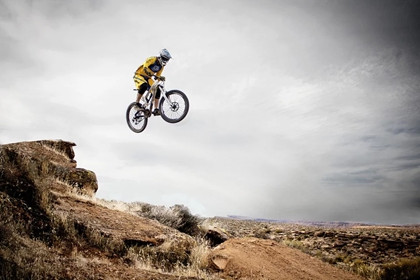
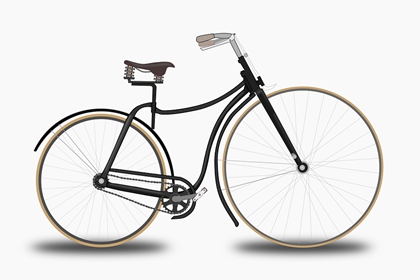
Necessities
No matter you have a support car or not, a good water-proof tent, a warm sleeping bag, a first-aid kit and adequate food and water are what should be packed at least. It is very hard to buy these things when you are traveling remote areas of Tibet. You might be able to obtain tsamba, buttered tea, yak meat, Tibetan tea and other simple Tibetan food in some Tibetan villages on the way. There might be small shops selling instant noodles or fried noodles in some parking lots. However, you cannot find a shop in most villages of Tibet. If you are really lack of food, you can buy some vegetable, noodles or meat from local Tibetans who are willing to sell them.
A map is must for you to cycling in Tibet if you do not hire a tour guide. But basically, foreigners are required to travel in Tibet with the companion of a local tour guide. Anyhow, taking a map will be helpful. The tour guide can help you make a good communication with local Tibetans, especially when you need to ask the way, such as where you can find a shop on the way, how long does it take to next village or camp site. Even if you have a map, these questions will come into your mind frequently when cycling in Tibet.
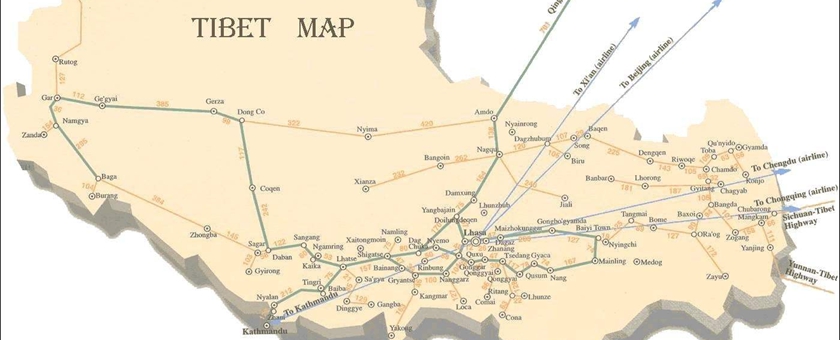
Weather and Clothes
As we know, the temperature in Tibet varies greatly between day and night. Even in summer, the temperature might drop from 20°C at daytime to -10°C at night. In July and August, it may rain continued for several days. You even can confront on a snowy day. Therefore, warm clothes and shoes are necessary for traveling in Tibet. In addition, it is best to take along a waterproof coat and a pair of water-proof shoes. Besides, the wind in Tibet is usually quite strong at mountain areas, so wind-proof clothes will make you more comfortable during cycling in Tibet.
In a word, don't forget warm clothes at least though cycling pants and short-sleeved T-shirts are enough during cycling in summer unless you are willing to become a frozen man at mid-night when sleeping. Spare sports pants, long-sleeved sports shirts, wind-proof coat, and gloves are also highly recommended so that you can cope with most situations on your journey if weather is good. But the weather in Tibet is usually unpredictable. Thus, do prepare to deal with all kinds of weather.

Physical Training
No matter you plan to travel in Tibet by car or bike, good physical condition is important. Of course, cycling in Tibet requires a higher physical condition. Before starting your tour to Tibet, make a two- or three-months’ plan to enhance your cardiovascular system. Climbing a mountain is a good way to strengthen it. The higher altitude, the better effect. Besides, do exercises to boost your whole-body capacity twice or three times a week. Good health will help you acclimate the altitude of Tibet quickly and cope with high physical consumption during biking in Tibet.
The standard requirements to do cycling include maintaining standard weight, keeping healthy, having enough rest and proper diet, proper multivitamin and mineral supplement and drinking enough water.
Do remember that do not start cycling before fully acclimating the altitude of Tibet otherwise your performance may be influenced by the Altitude Sickness. Normally, two or three days in Lhasa are enough for acclimation, but some cyclists might need one week to adjust to the suddenly-changed altitude. Just keep relaxing and avoid strenuous exercise after your arrival at Lhasa, which is helpful in quick acclimation.
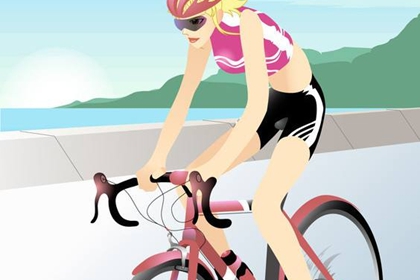

What to Pack
Equipment
1. A mountain bike and spare parts and maintenance tools, including two inner tubes, one outer tube, a chain puncher, an inflator, a socket head wrench, two brake cables, four brake rubbers, a chain corrector, pinchers, glue, etc.
2. A knapsack (bicycle saddlebag).
3. Compass, elevation watch, torch, ten spare batteries.
4. A long string of firecrackers. Cut the firecrackers into two to four shorter strings and put one at hand so that you can use it to scare away wild animals attacking you. In addition, you need a box of match, instead of lighter. A lighter might not work at a high altitude due to lack of Oxygen. In fact, firecrackers are the best weapon to cope with attacking wild animals.
5. 500ml of alcohol used for sterilization in case of being injured.
6. 500ml of gasoline. In case you are attacked by wild animals at night, you can light the gasoline to scare them. (Light the firecrackers at first.)
7. A long stick used for self-defense. It is more useful than a knife.
8. High altitude tent, warm sleeping bag, self-inflating mattress, moisture-proof pad.
9. Padded jackets, down clothes, water-proof coat, pants and shoes, hat, sunglasses, lipstick.
10. Alcohol stove or gas stove and bottled alcohol or gas for cooking food or boiling water. If you drink cold water and eat cold food all the way, I am afraid it will influence your health.
11. Two ropes, a pair of scissors and a knife.

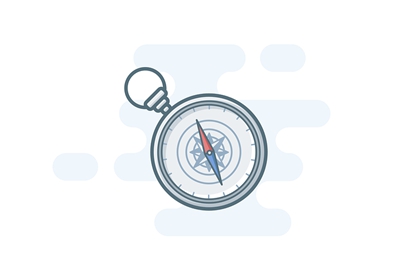
Medicine
1. Anti-Trauma: Safflower Oil, Band-aid, Mercurochrome, Gauze, Adhesive Plaster, Bandage, Alcohol.
2. Anti-mouth and throat disease: Caoshanhu Buccal Tablets, Mirabilitum Praeparatum Buccal Tablets.
3. Anti-heat and inflammation: Radix Isatidis Infusion.
4. Anti-pneumonia: Toupaoanbian Capsule, Ofloxacin.
5. Anti-anoxia: Glucose.
6. Anti-inflammatory: Spiramycin.
7. Anti-gastrointestinal disease: Domperidone, Norfloxacin, Ageratum-liquid.
8. Anti-cold: Vitamin C Yinqiao tablets used for handle pneumonia. In Tibet, a cold easily translates into emphysema and a cough into pulmonary disease.

Clothes
The temperatures change greatly in different areas of Tibet and between day and night. In Lhasa, the temperature in July arrives at 30 degrees centigrade at daytime but falls to 10 degrees centigrade at night. While the temperature at mountain areas is much lower than that in Lhasa. Sometimes it will snow or sleet at night, so you'd better take some down garments (those with hats will better), woolen sweaters, warm gloves, warm and wind-proof shoes and socks. Wear several layers of clothing that can be easily added or removed. Even in summer, a down coat is necessary for those who are traveling beyond Lhasa and Shigatse into more remote areas such as Everest Base Camp.
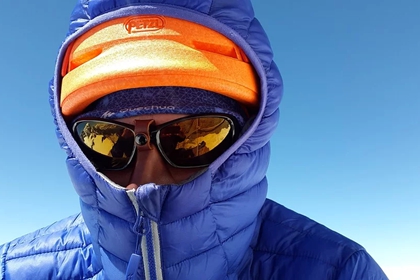
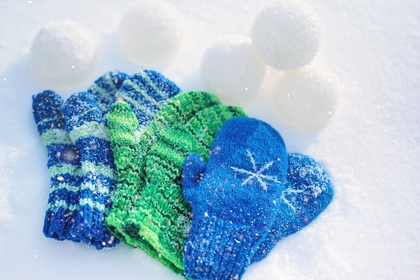
we’ll reply you in 24 hours!
Copyright © 2012-2024 All Rights Reserved to chinaadventure.org